[Focus on] Complex Systems Research activities
Complex systems research activities of the CAS³C³ team are focused on
- Discrete dynamical systems.
- Parallel graph rewriting and Graph transformations.
- Graph models for biology and astrophysics.
DEM-Systems
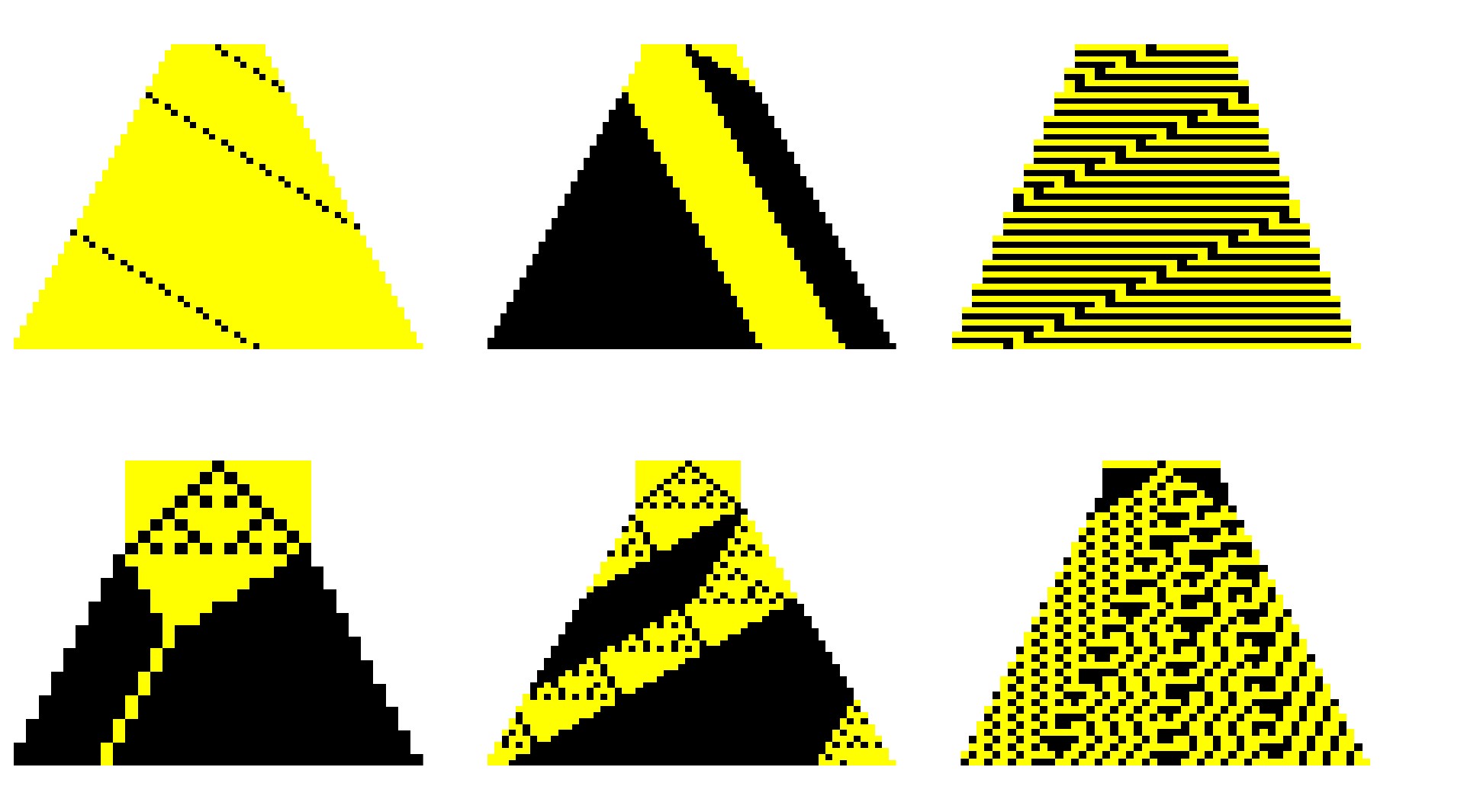 DEM-systems are a class of discrete dynamical systems with properties of
both cellular automata and L-systems. They are defined as sequences on a
one-dimensional loop with rules governing dynamics in which new sites
can be created, depending on the states of a neighbourhood of sites, and
complex behaviour can be generated. Unlike for CA, finite initial
sequences can produce positive spatial entropy over time.
DEM-systems are a class of discrete dynamical systems with properties of
both cellular automata and L-systems. They are defined as sequences on a
one-dimensional loop with rules governing dynamics in which new sites
can be created, depending on the states of a neighbourhood of sites, and
complex behaviour can be generated. Unlike for CA, finite initial
sequences can produce positive spatial entropy over time.
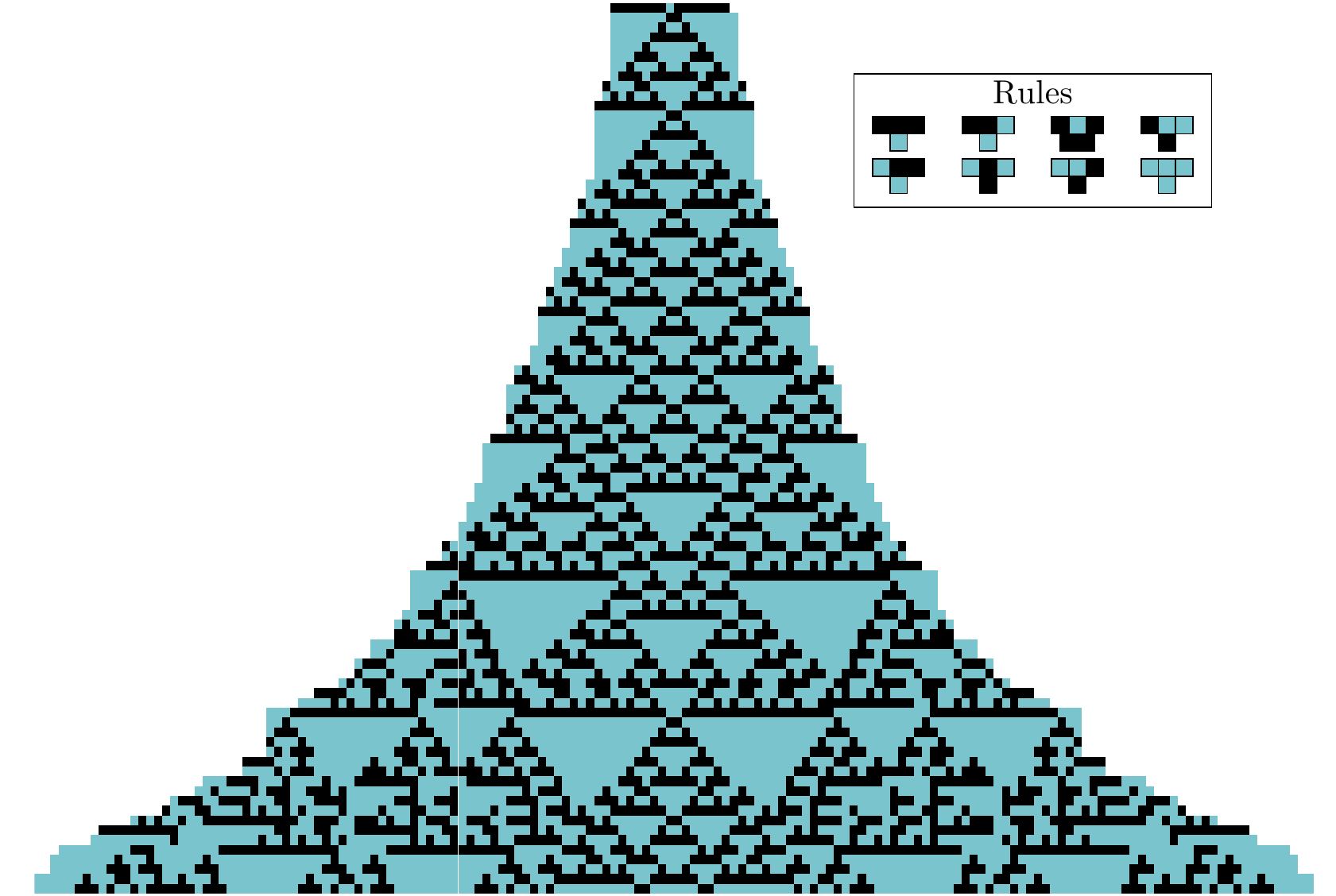
Références: hal-00961656 hal-00953772 hal-01326782
Parallel graph rewriting with overlapping rules
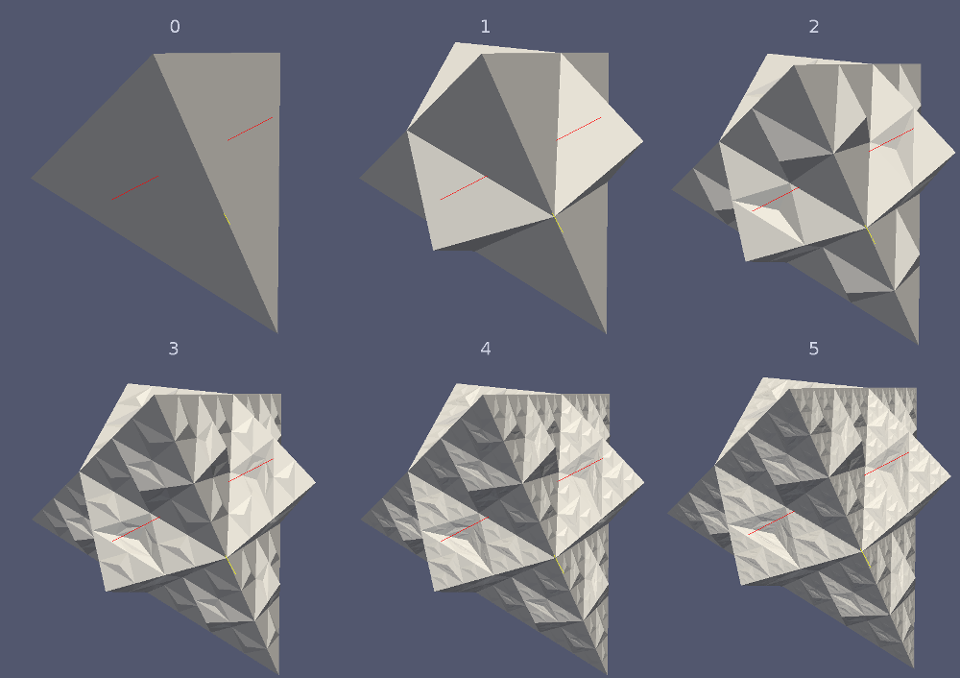 Considering an initial graph g and a system of rewriting rules R={l~i~
-> r~i~, i=1... n}, we rewrite the graph g into a graph g' by using,
simultaneously, the rules of R whose left-hand sides, l~i~, match
subgraphs of g. All the occurrences of the l~i~ in g are replacing by an
instance of r~i~. In order to deal with match overlapping, we introduce
the notion of pregraphs and follow the rewriting modulo approach.
Considering an initial graph g and a system of rewriting rules R={l~i~
-> r~i~, i=1... n}, we rewrite the graph g into a graph g' by using,
simultaneously, the rules of R whose left-hand sides, l~i~, match
subgraphs of g. All the occurrences of the l~i~ in g are replacing by an
instance of r~i~. In order to deal with match overlapping, we introduce
the notion of pregraphs and follow the rewriting modulo approach.
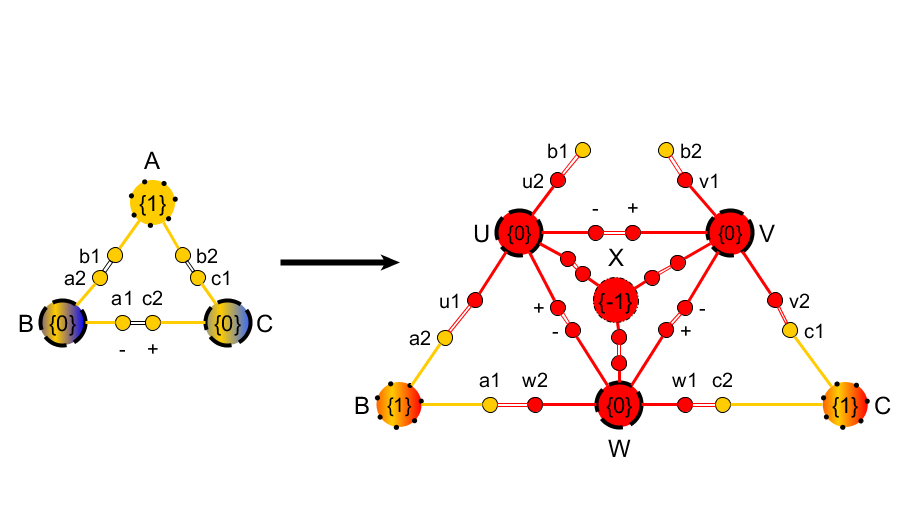
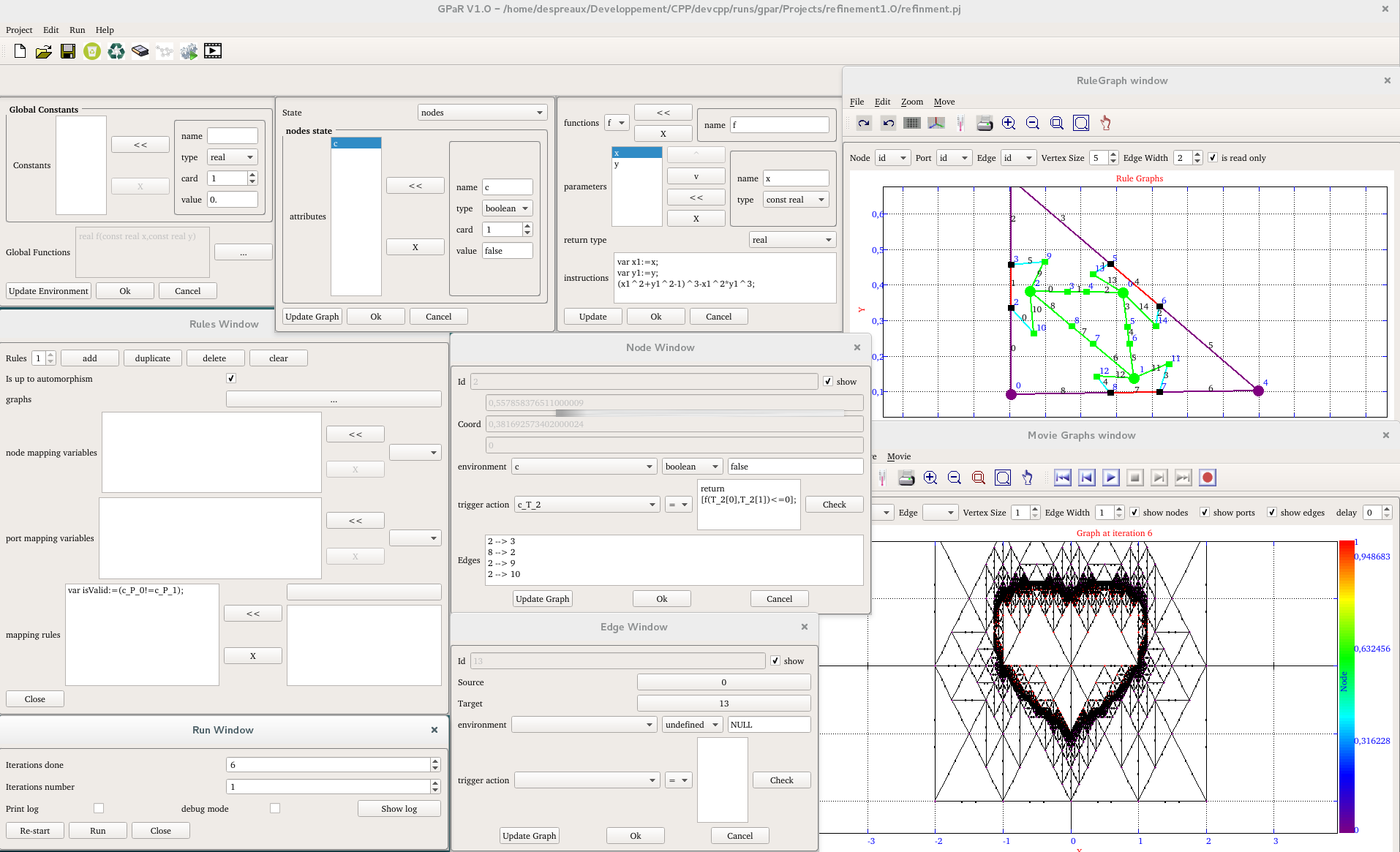 GPaR is a parallel graph rewriting software implemented in C++ with a
graphical user interface. It can be used in a large variety of rewriting
problems including cellular automata, L-systems and fractal systems.
GPaR is a parallel graph rewriting software implemented in C++ with a
graphical user interface. It can be used in a large variety of rewriting
problems including cellular automata, L-systems and fractal systems.
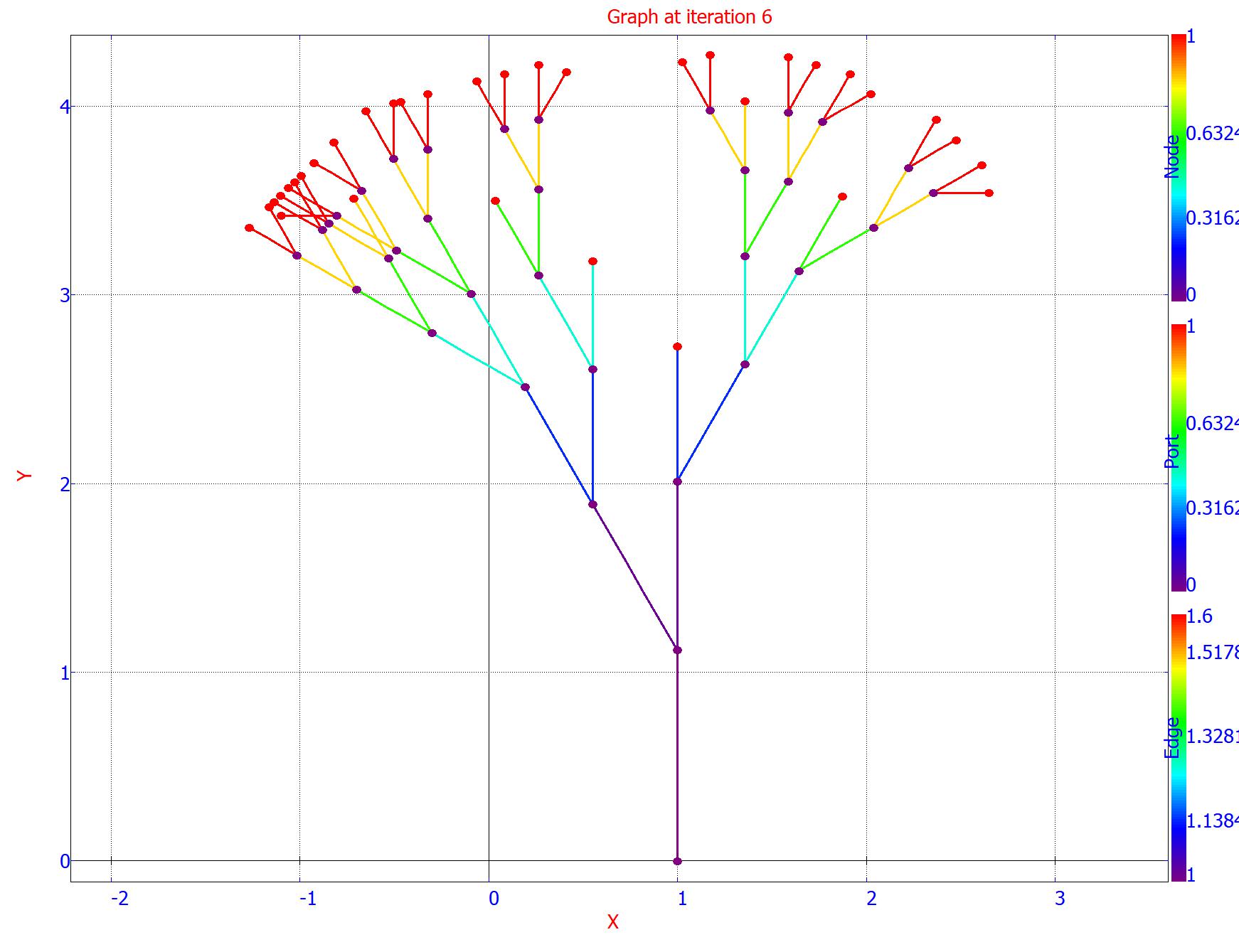
Références: hal-01408834 hal-02084261 hal-01985043 hal-01898363
Split thickness of graphs
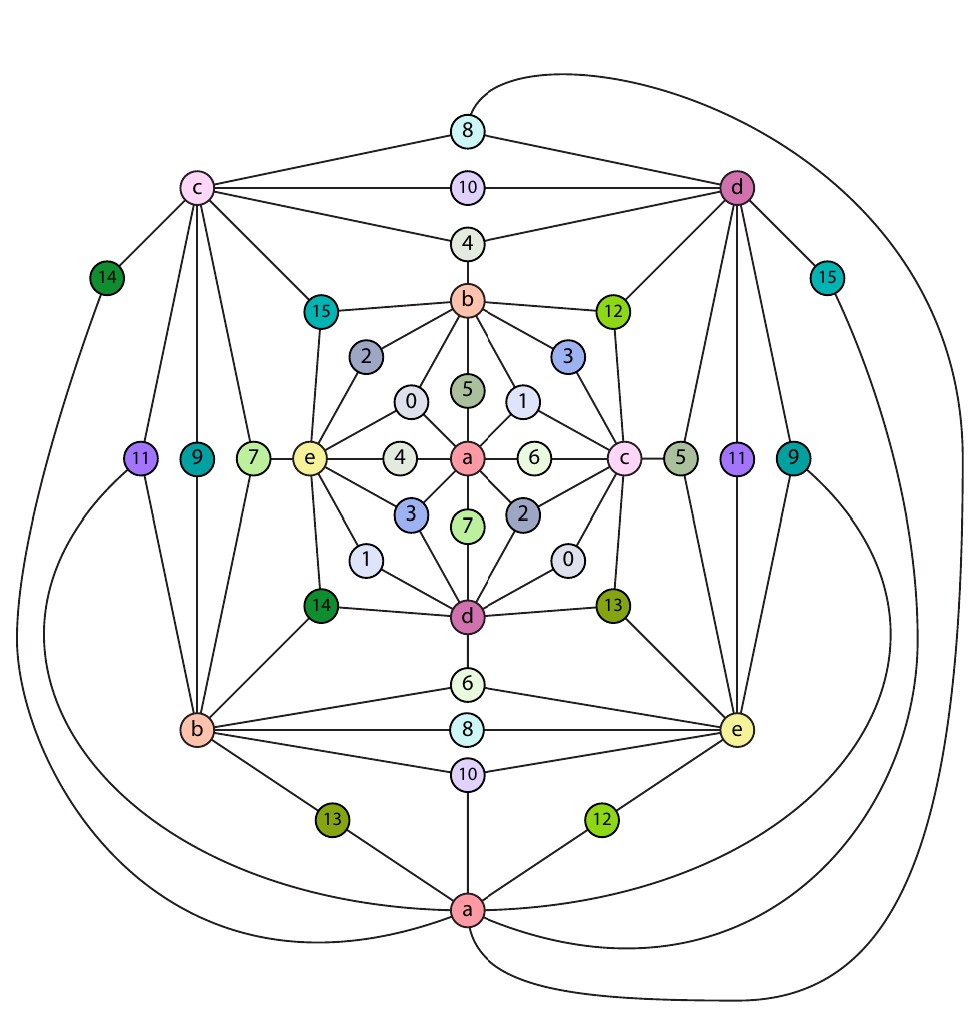 We examine the planar split thickness of a graph, that is, the smallest
k such that the graph is k-splittable into a planar graph. A k-split
operation substitutes a vertex v by at most k new vertices such that
each neighbor of v is connected to at least one of the new vertices.
We examine the planar split thickness of a graph, that is, the smallest
k such that the graph is k-splittable into a planar graph. A k-split
operation substitutes a vertex v by at most k new vertices such that
each neighbor of v is connected to at least one of the new vertices.
Simulating aggregates of bivalents in 2n=40 mouse meiotic spermatocytes through inhomogeneous percolation processes
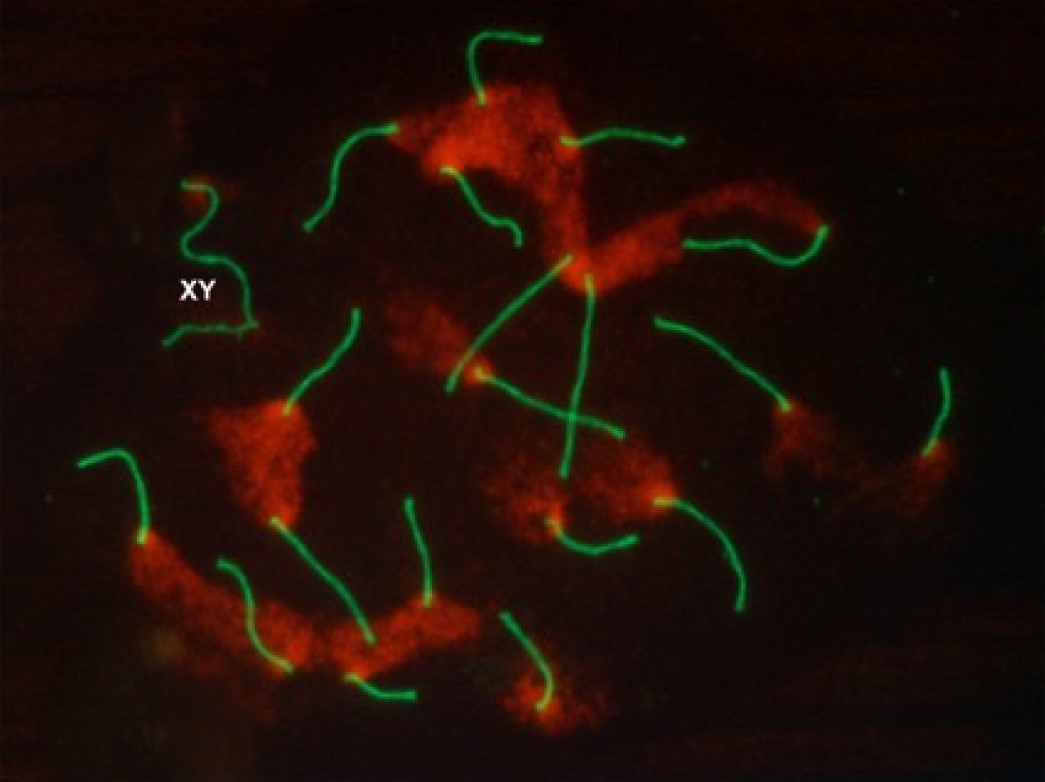
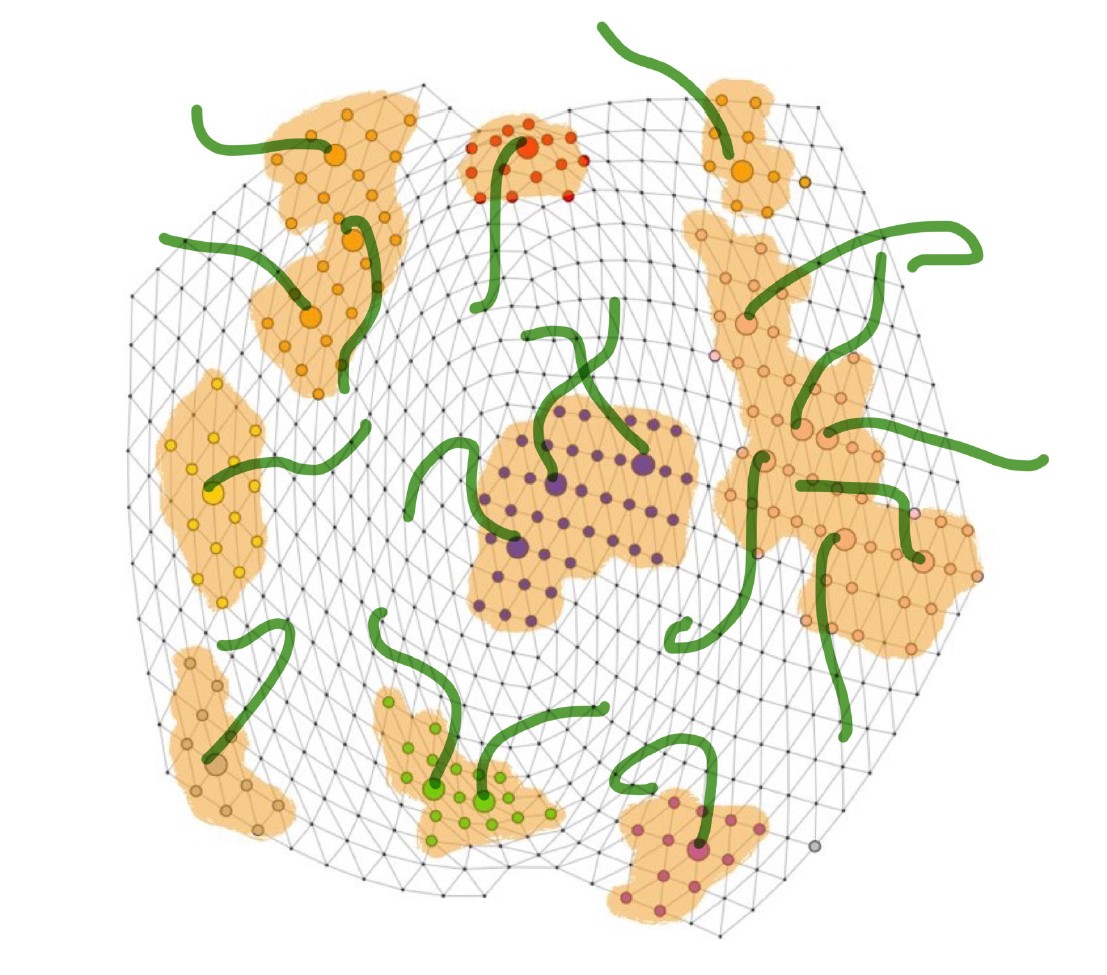 We show that an inhomogeneous Bernoulli site percolation process running
upon a fullerene's dual C'~1200~ can be used for representing
bivalents attached to the nuclear envelope in mouse Mus M. Domesticus
2n=40 meiotic spermatocytes during pachytene. It is shown that the
induced clustering generated by overlapping percolation domains
correctly reproduces the probability distribution observed in the
experiments (data) after fine tuning the parameters.
We show that an inhomogeneous Bernoulli site percolation process running
upon a fullerene's dual C'~1200~ can be used for representing
bivalents attached to the nuclear envelope in mouse Mus M. Domesticus
2n=40 meiotic spermatocytes during pachytene. It is shown that the
induced clustering generated by overlapping percolation domains
correctly reproduces the probability distribution observed in the
experiments (data) after fine tuning the parameters.
Références: hal-01823737 hal-01814944 hal-01982363
Simulation of hierarchical n-body systems based on dynamical trees
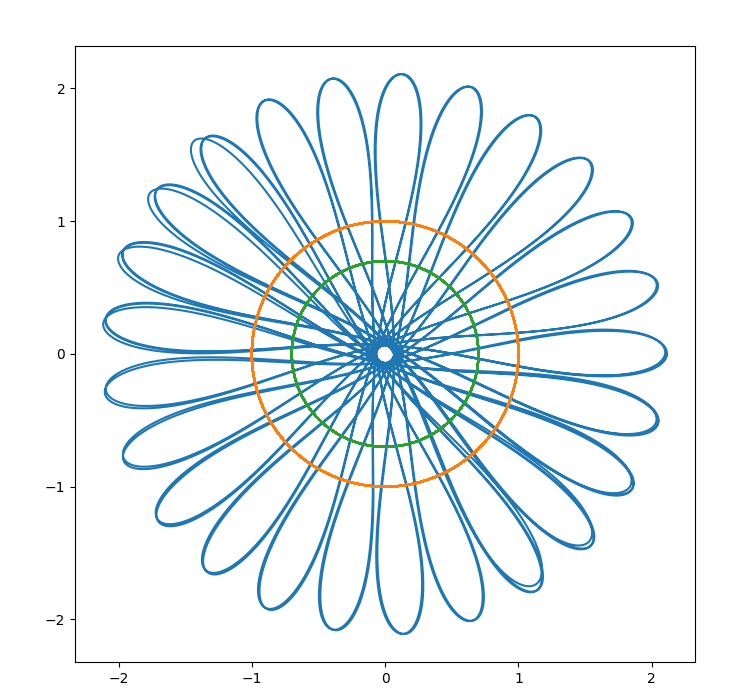 We present an algorithm to simulate the gravitational interaction of a
large number of point masses. This problem is known as the n-body
problem in physics and astronomy. The algorithm detects and uses
hierarchical structure present in the current state of the point masses
to speed up the computation. The structure is represented as a dynamical
tree.
We present an algorithm to simulate the gravitational interaction of a
large number of point masses. This problem is known as the n-body
problem in physics and astronomy. The algorithm detects and uses
hierarchical structure present in the current state of the point masses
to speed up the computation. The structure is represented as a dynamical
tree.
Références: hal-00769677
